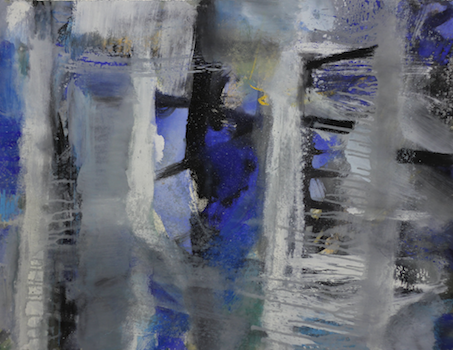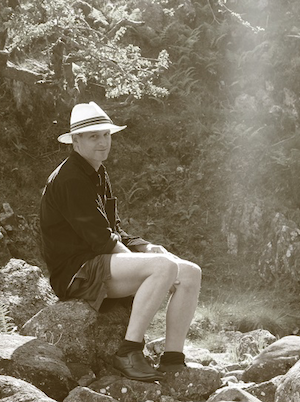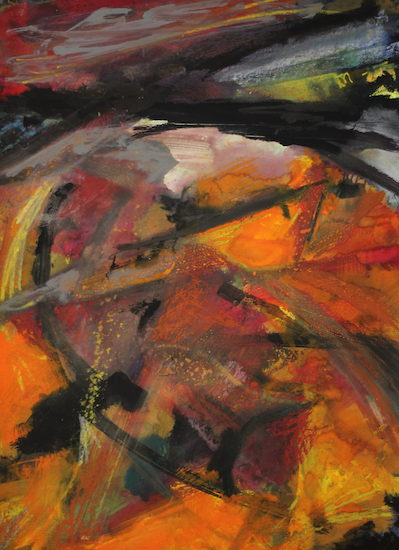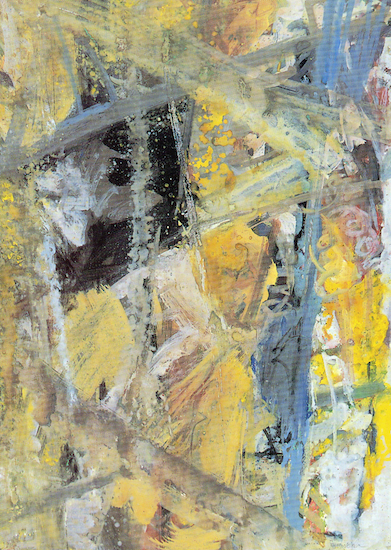A painter and writer since leaving home aged 16 in 1979, Lawrence Freiesleben, has lived in sixteen different areas of the U.K., many of them “for just long enough to remain unsettled”. After living in an obscure part of inland Devon, the whole family made the traumatic but worthwhile shift to the wilds of Northumberland’s North Pennines. Seven years high up in the West Allen Valley were followed by two under the Howgill Fells in Westmorland. During 2018 he relocated to a remote house on the marshes of the Kent estuary in Cumbria, with his wife and the youngest of his children.
Exhibiting widely all over the U.K., particularly London and the South West, he twice won first prize in the Bridport Open. Alongside regular online features of art and literature with the International Times, his most recent exhibition was at the Terre Verte gallery in Altarnun, Cornwall in the summer of 2018.
Lawrence’s works have always been heavily inspired by the surrounding landscapes, from the Tors of Dartmoor and Bodmin Moor in the South West, to the fading remnants of the lead mining and fluorspar industries in the valleys and windswept fells of the North Pennines.






